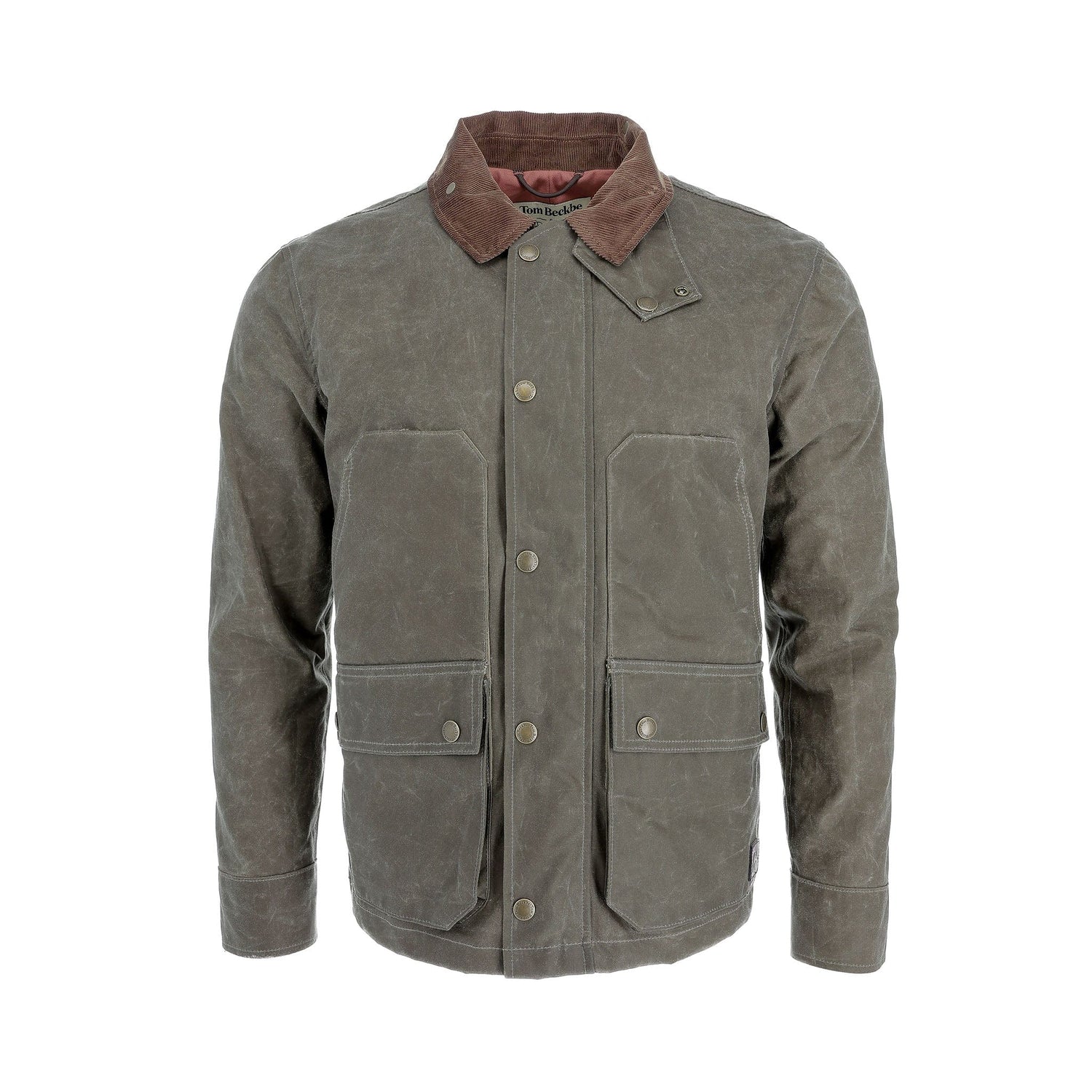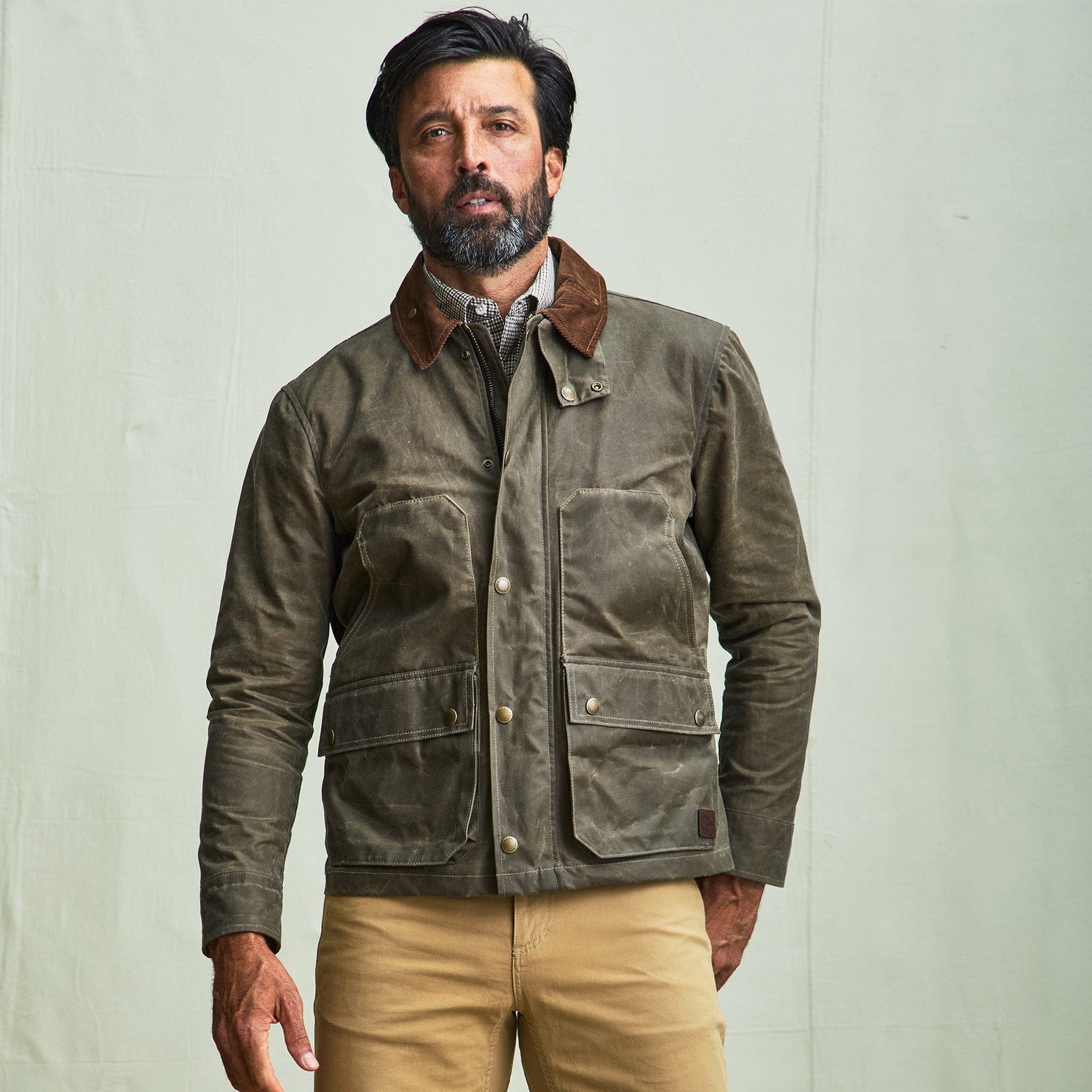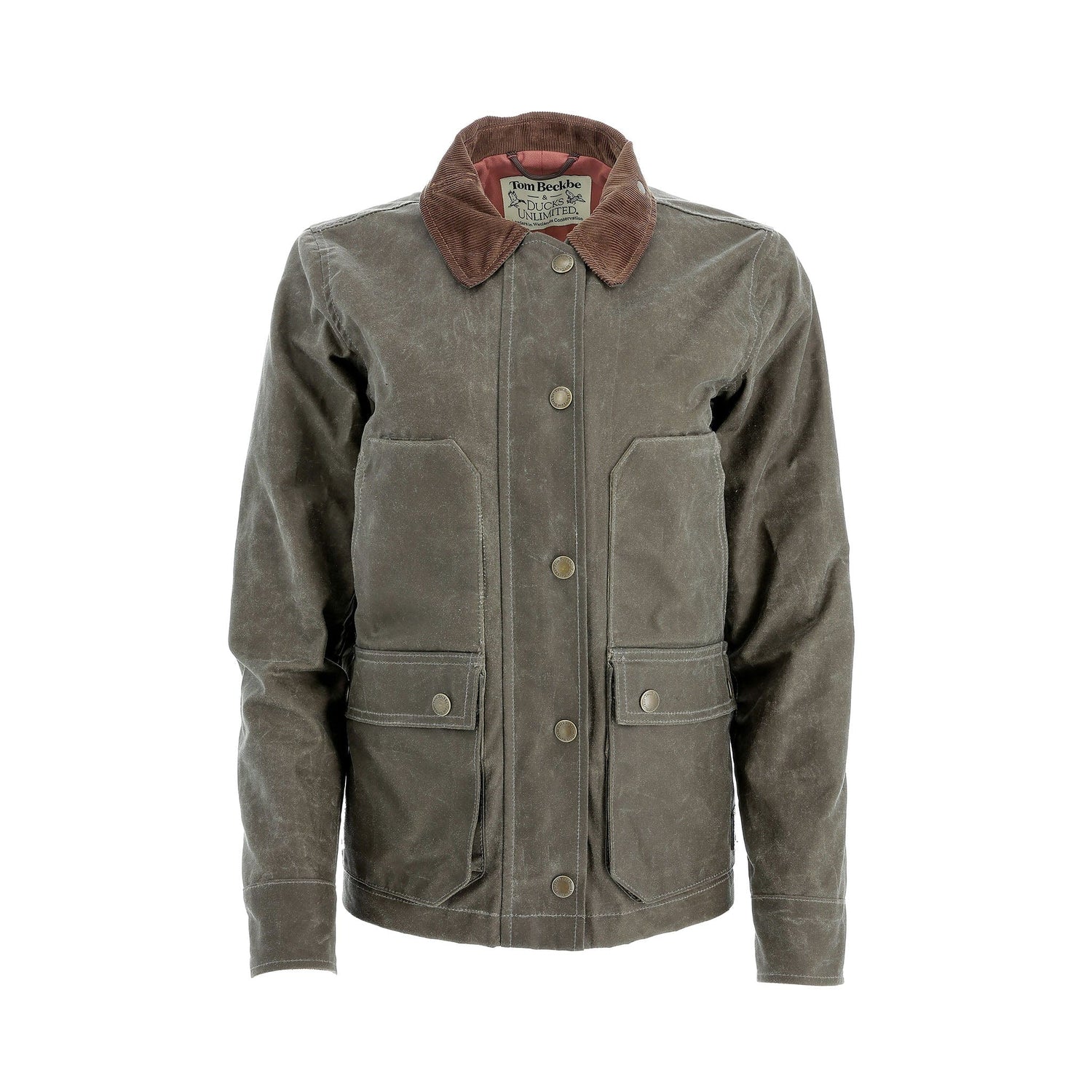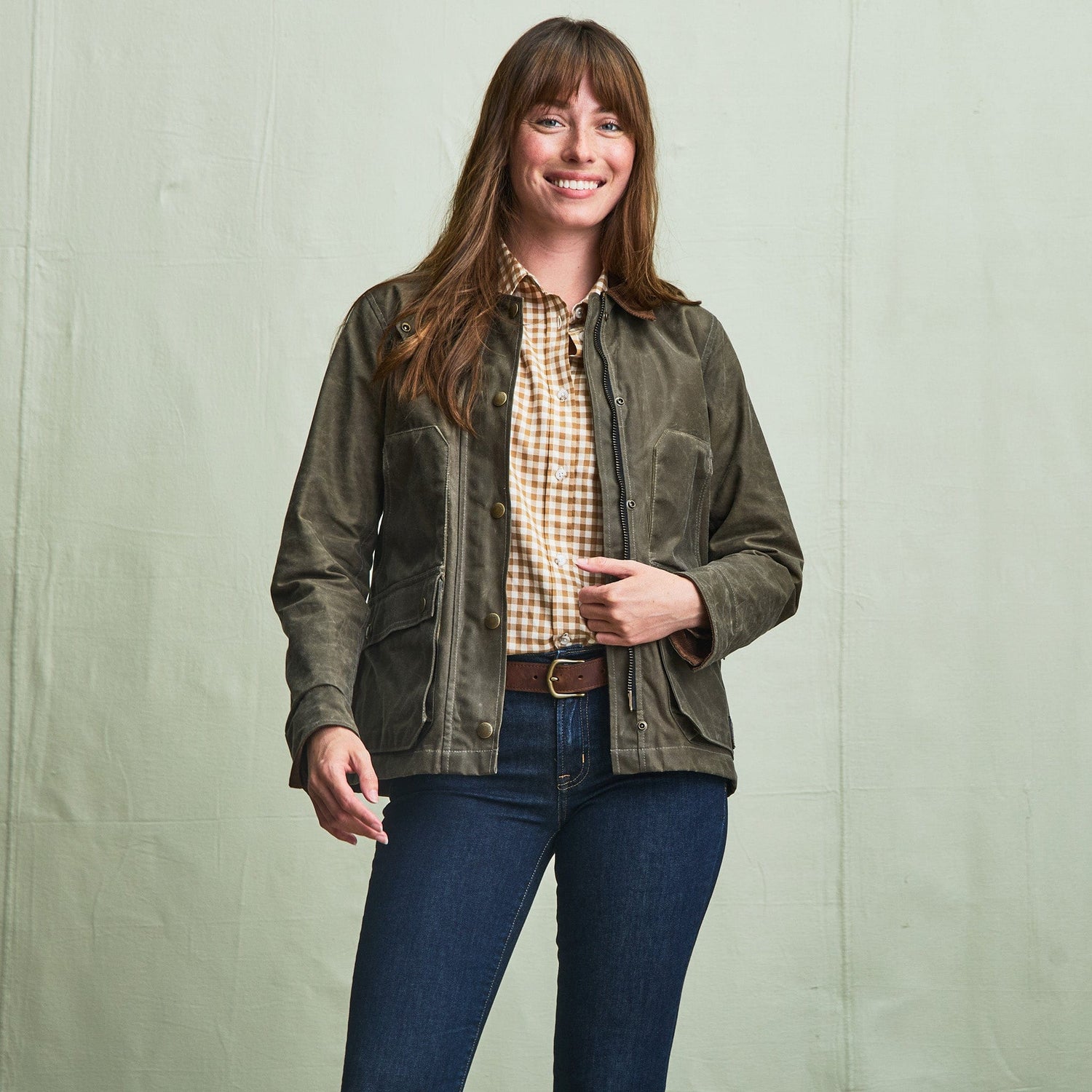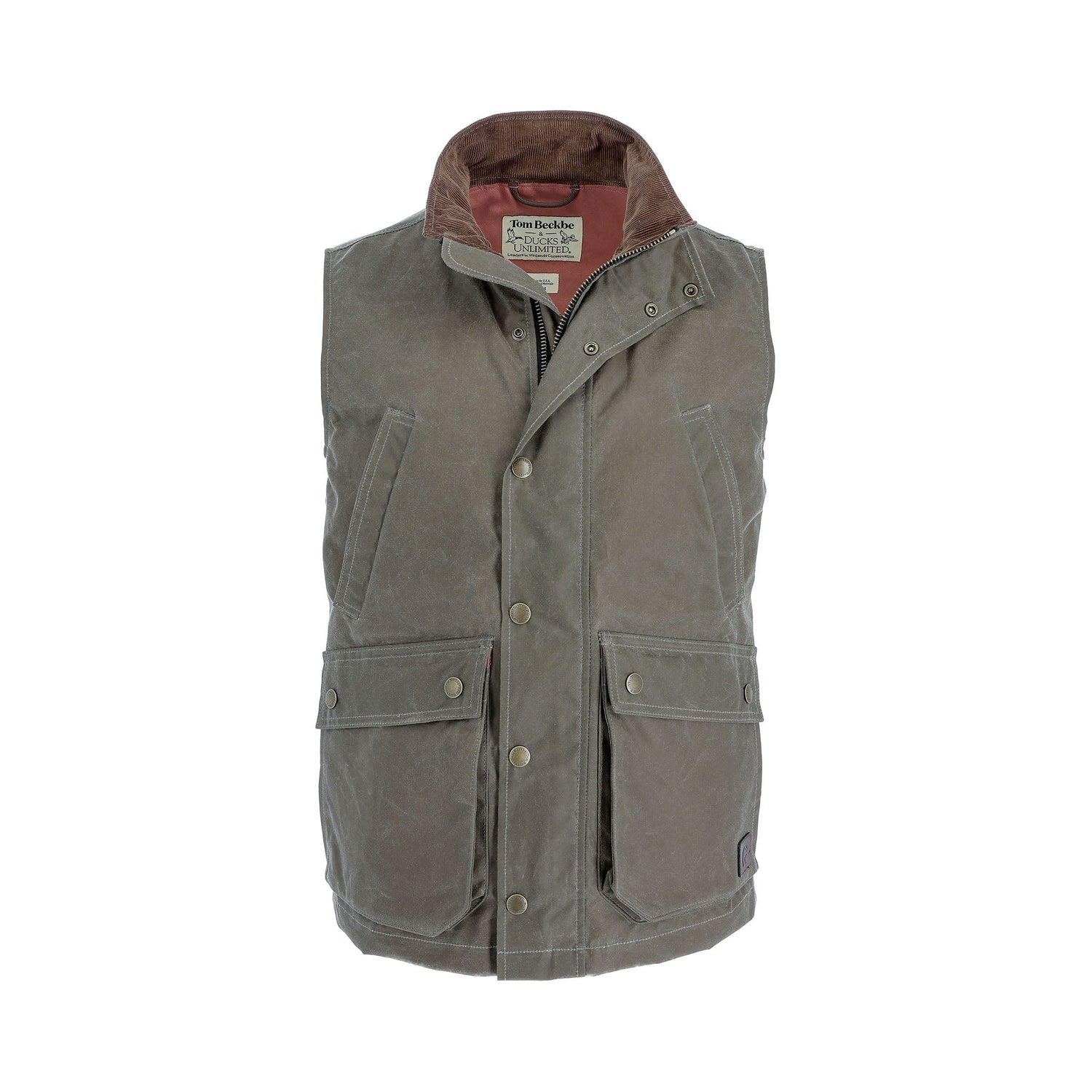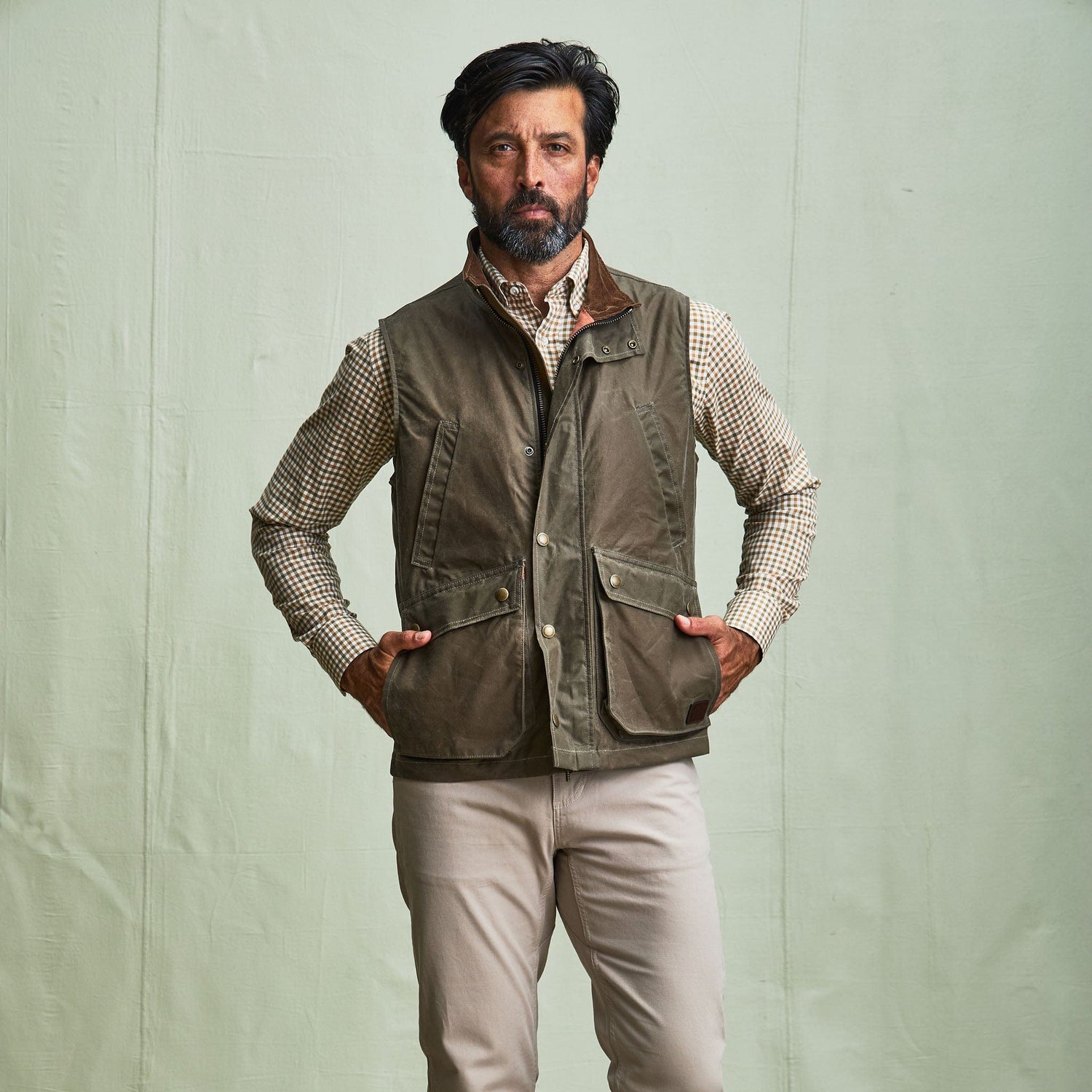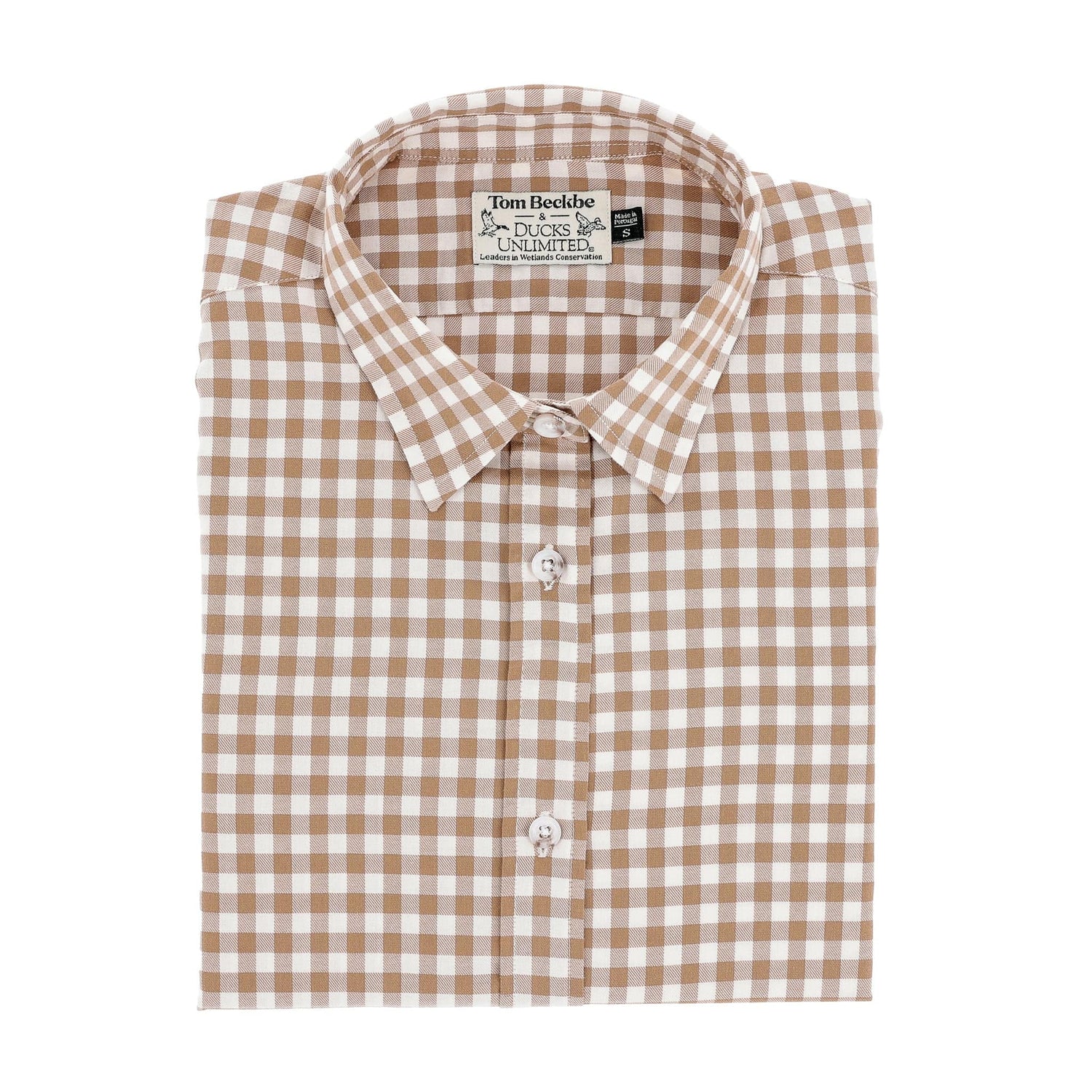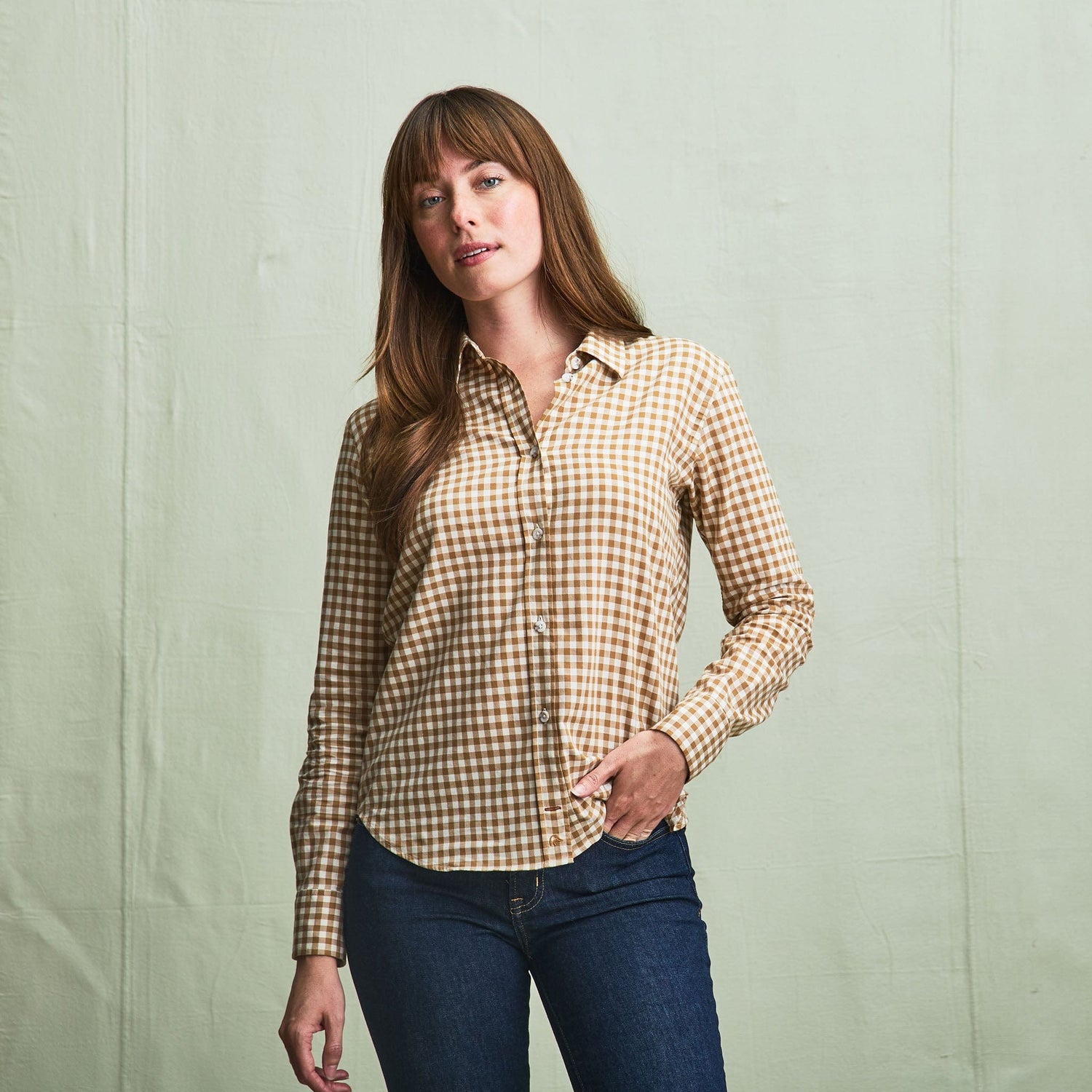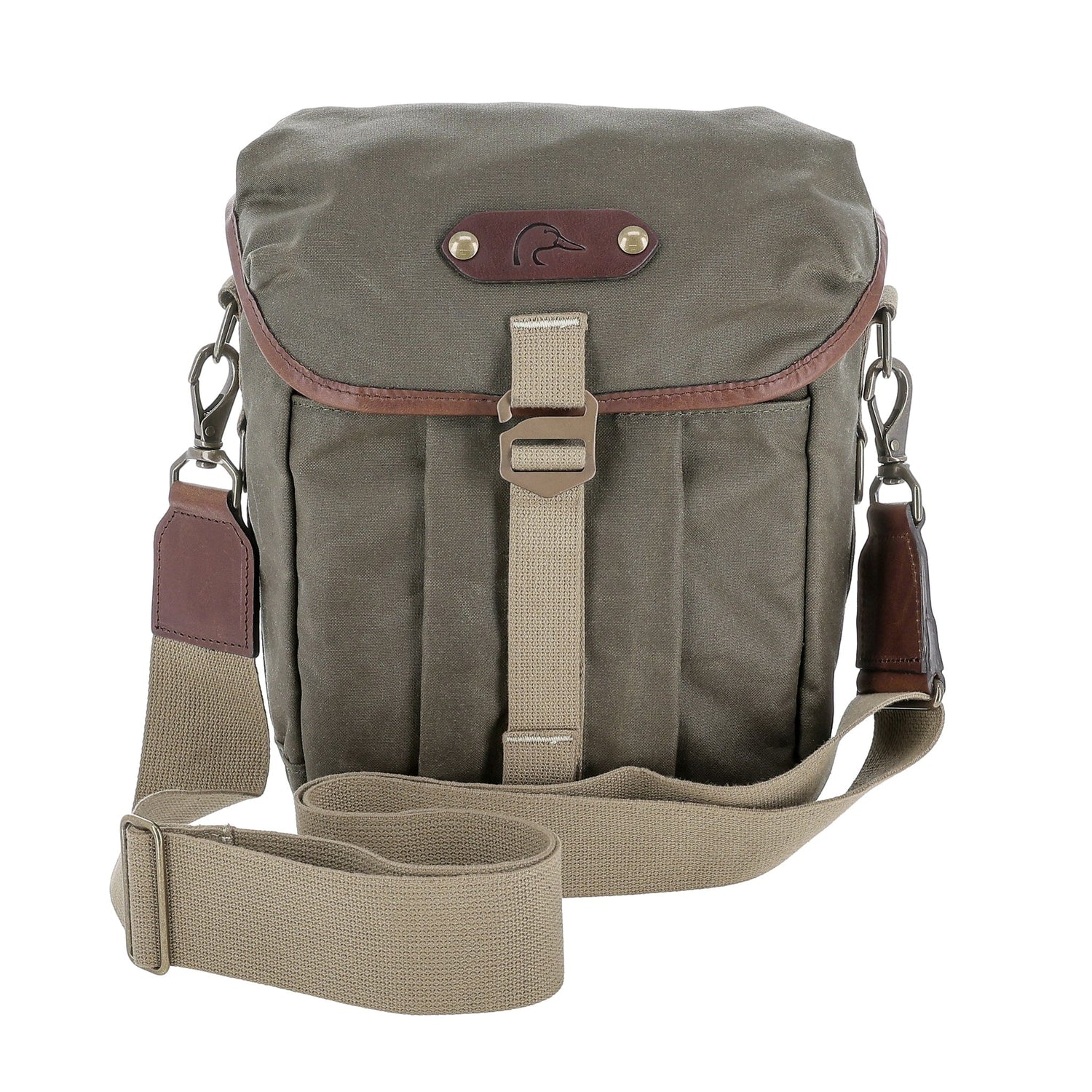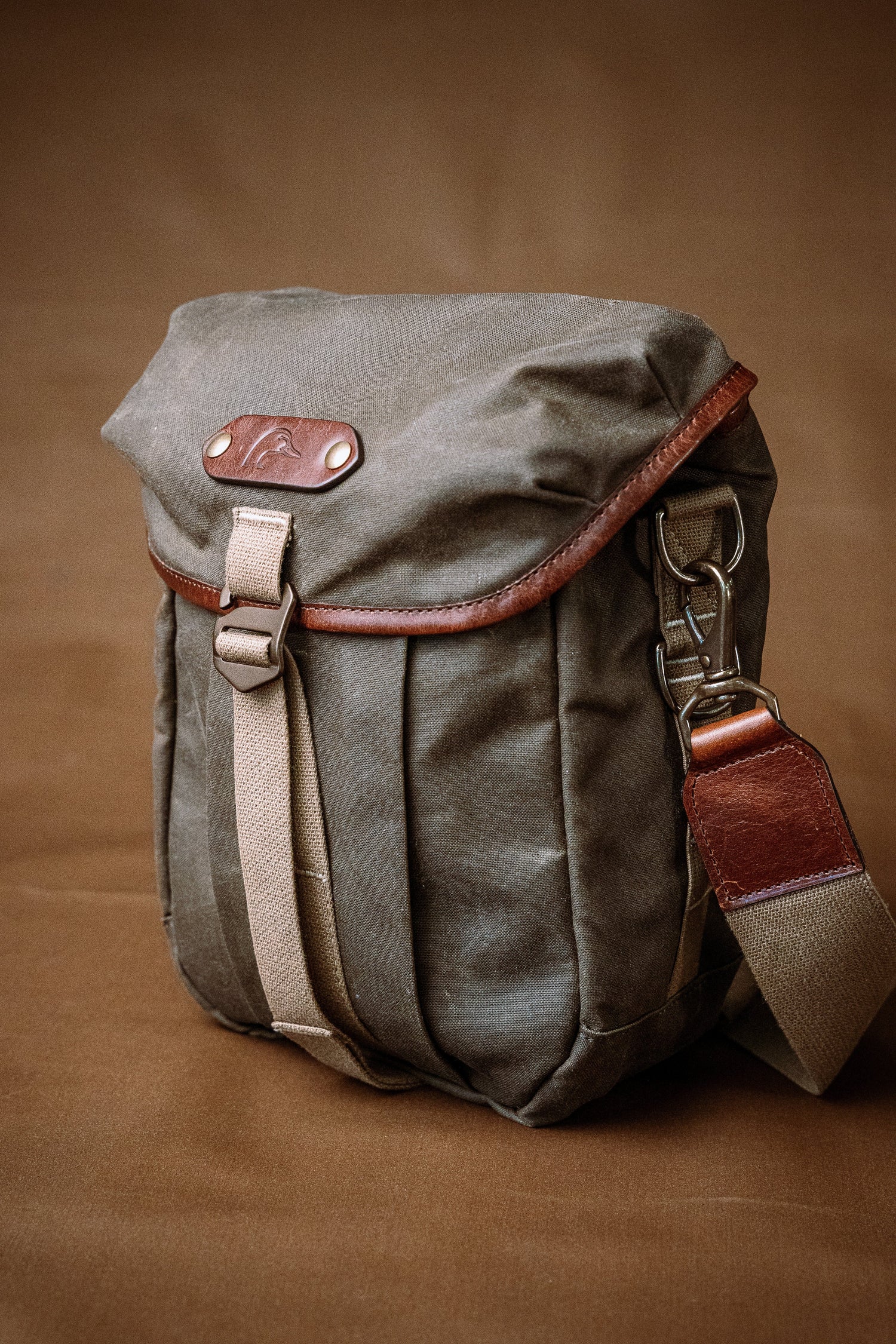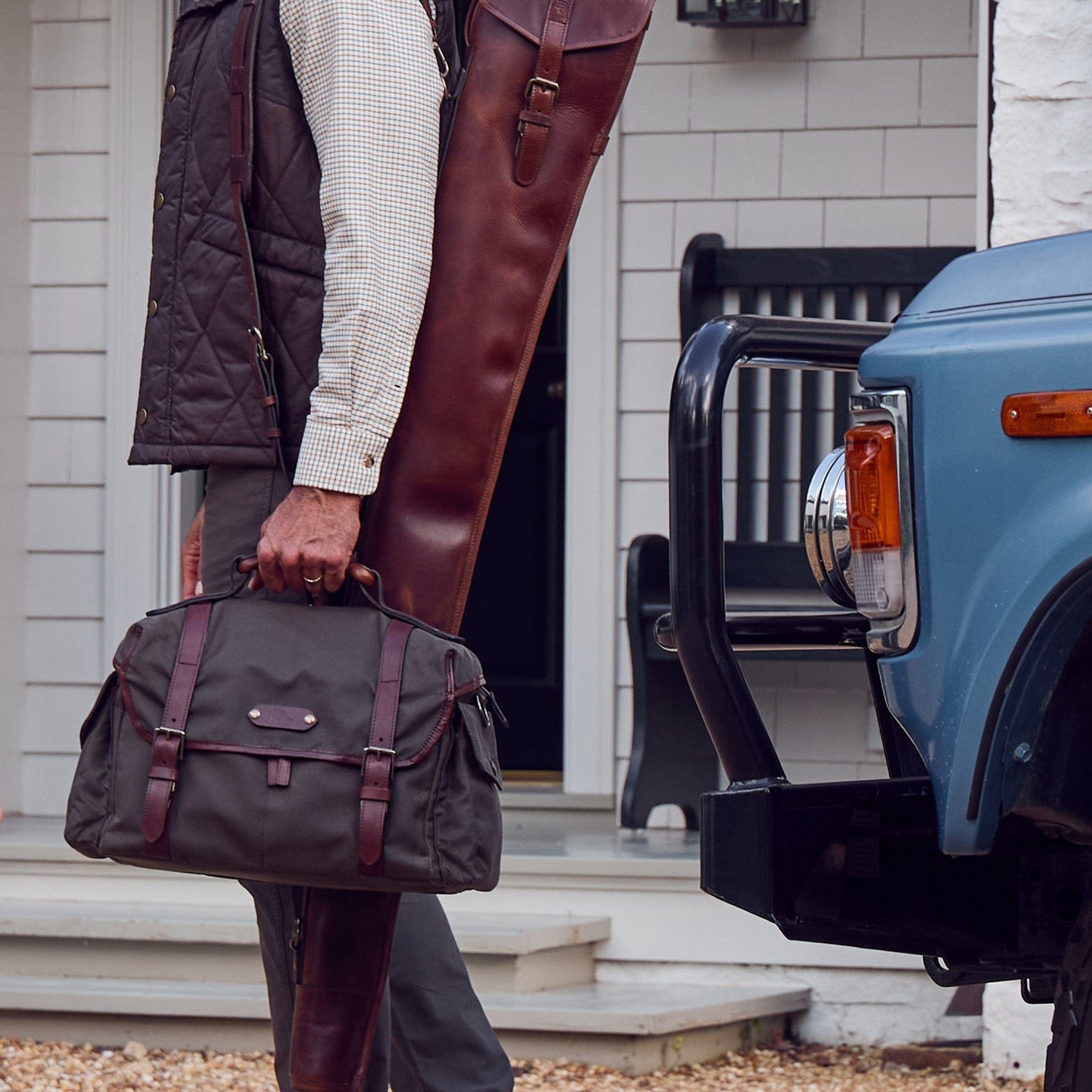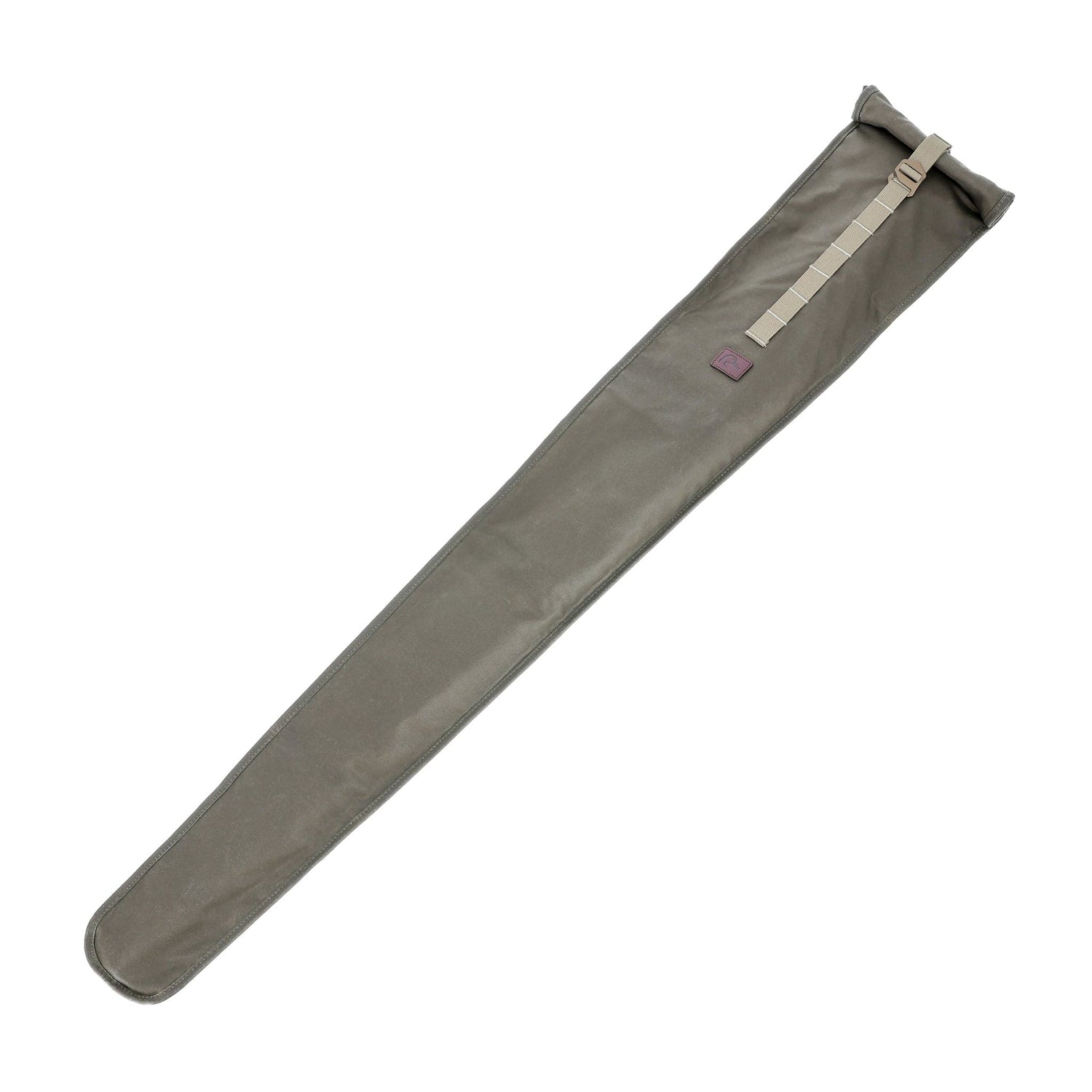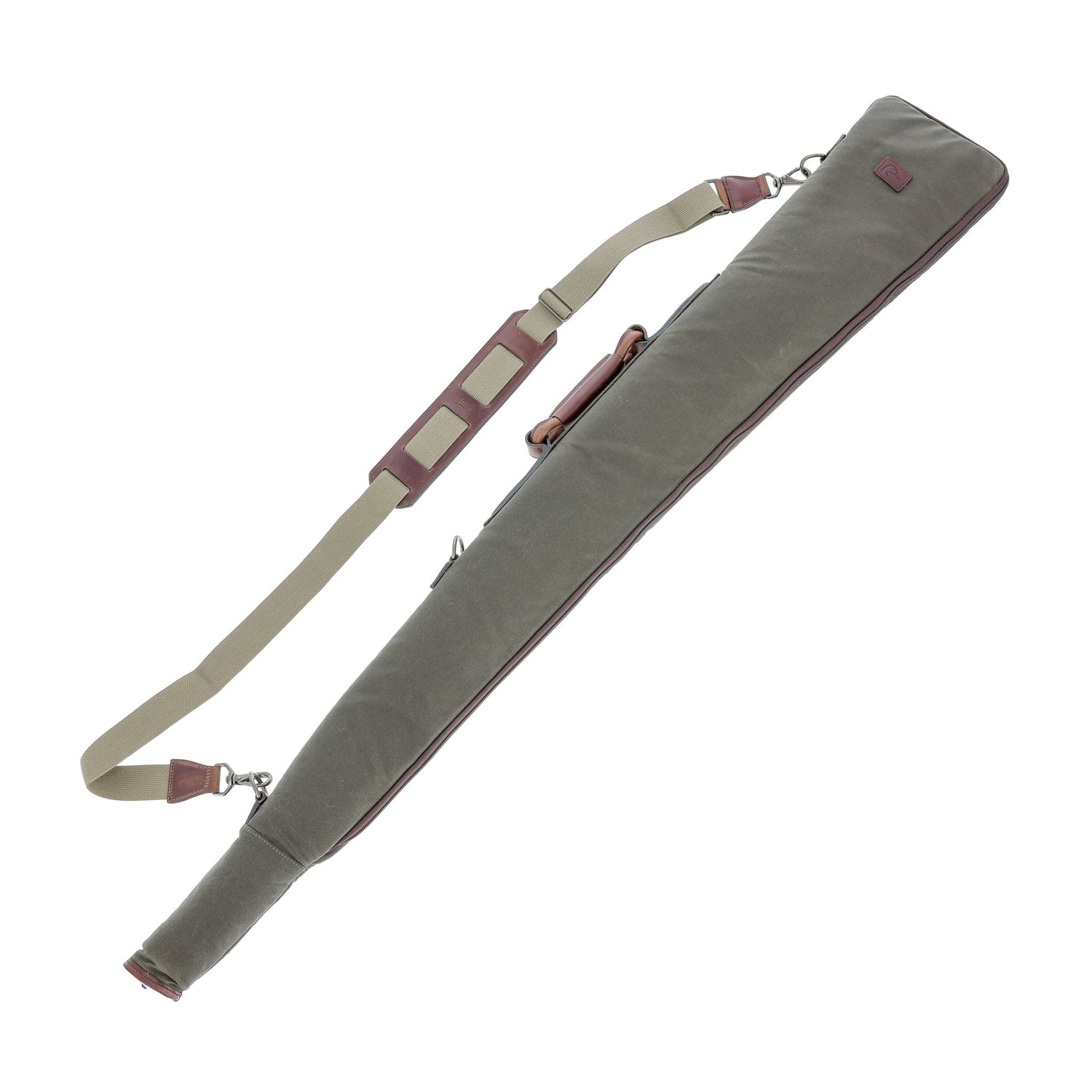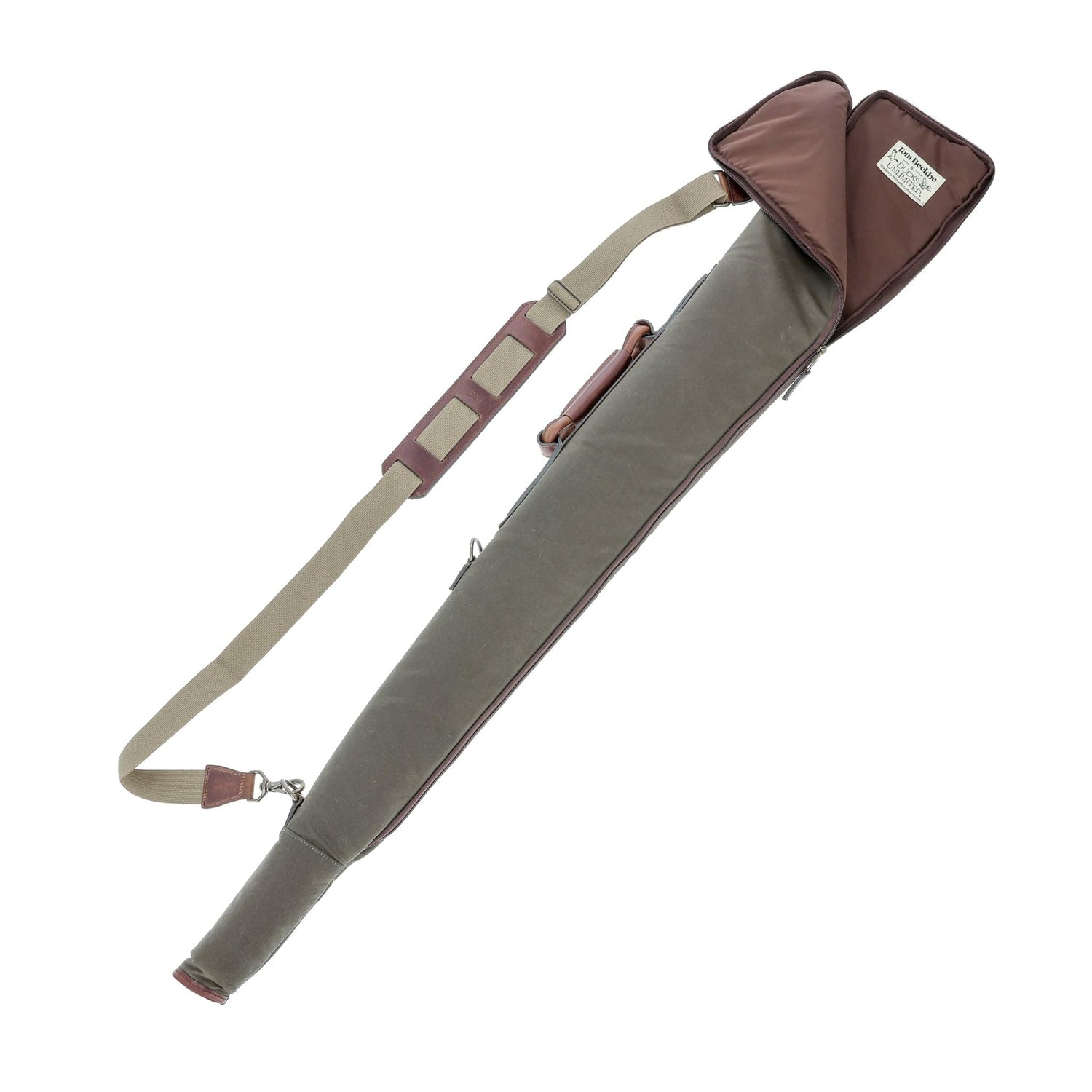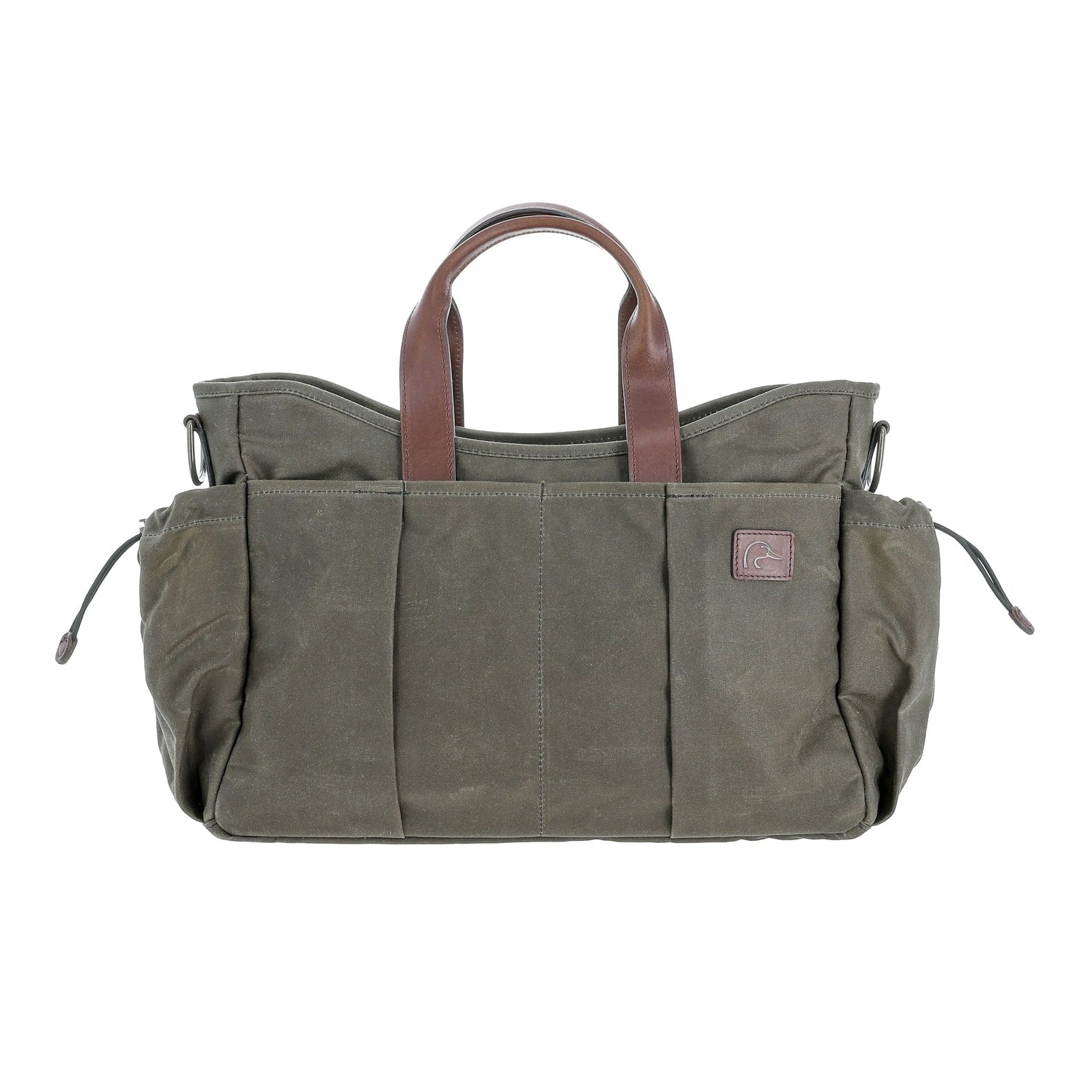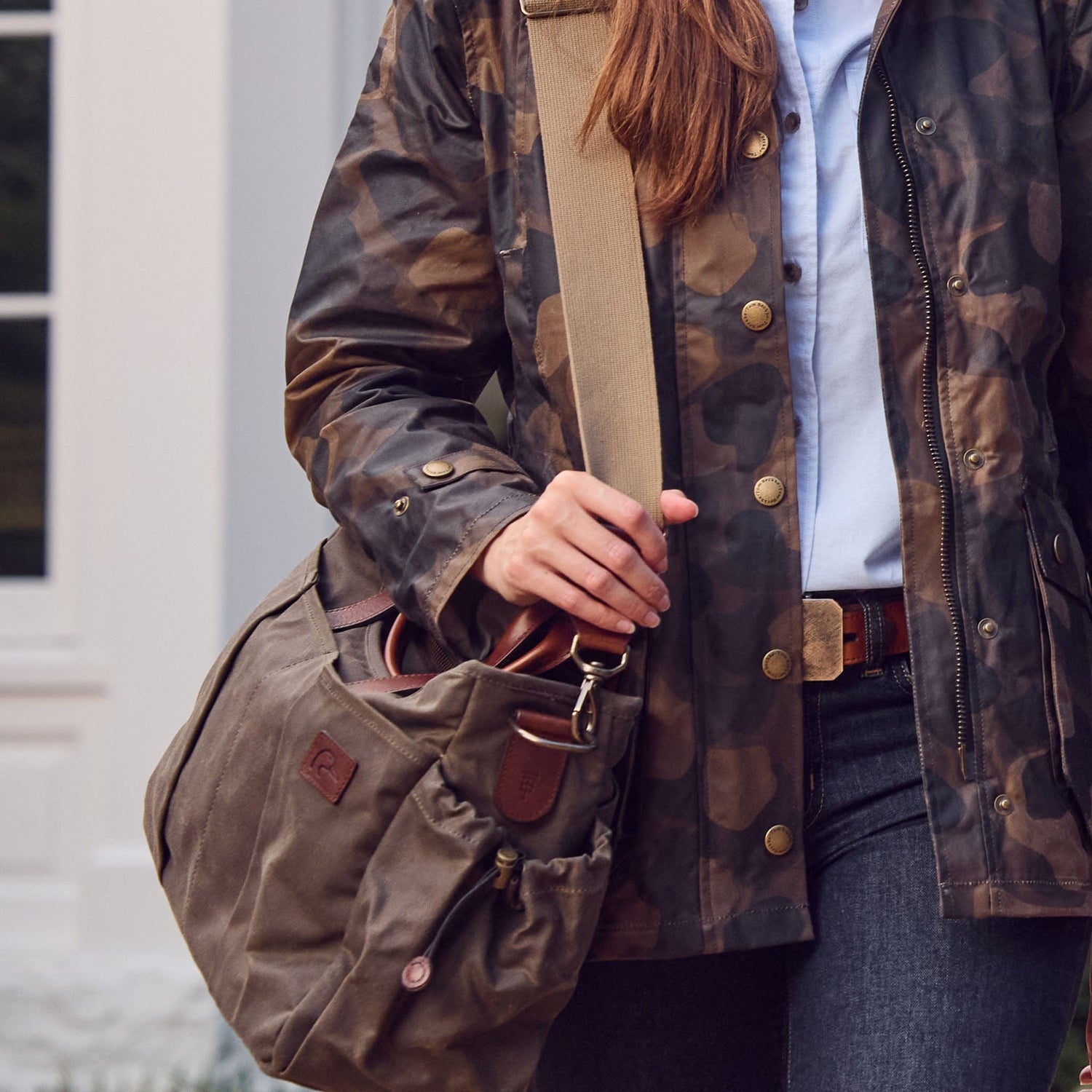Hunting with Lee Kjos is an opportunity to see the world through his eyes, and the camera always with him, of which he says, “Sometimes I don't skin it, but it's always within arm's reach.” Though he never stops a hunt, he’s constantly framing moments in his mind, narrating in a running commentary heavy on words like “Beautiful!” and “Gorgeous!”. Kjos’s are particularly experienced eyes to be sure. He figures, “By the time I was a twelve- or thirteen-year-old, I'd hunted ducks in a dozen different states and three provinces in Canada.” Since then, he’s hunted every American flyway and seen every prairie and pothole in Canada, to say nothing of other countries. But for all that, Kjos’ are eyes that never fail to find delight in the world of ducks and what he calls the “mystery of migration.” He explains, “When I was young, I'd see major movements of birds and I remember asking my dad one time, ‘Where are they going? Where do they come from? And for the rest of my life it’s been, “Where do they come from and where are they going?”
That lifelong wonder, sprinkled with a healthy dose of faith in a higher power, has served him well as a photographer, “I think things come from inspiration. It doesn't come from me. If there's a gift, that gift is in the way I see it. I think that's the artist's eye, but God is where I believe it comes from. And I’m just the conduit. So, I pray for quiet and to just let me see it, and I'll do my best not to mess it up.” His spirituality, coupled with self-deprecation, makes Kjos a great partner in a duck blind. But it’s his passion for the ducks that makes him a great partner in conservation.
“My passion with Ducks Unlimited is huge. I've traveled all over the prairie, especially in California and Canada, and there is work that DU has done and continues to do that's mind-blowing, and if it weren't for that, ask yourself, where would we be?” The reason for Kjos’s affection for DU is immediately apparent to anyone familiar with the organization when Kjos is asked what he would change about the state of American waterfowling if he could snap his fingers. The question isn’t complete before he says, “Habitat. Restore all the wetlands and grassland.”

